
MRU-for-Screenplay_cGPT4_v23w48 - Screenplay Format Converter
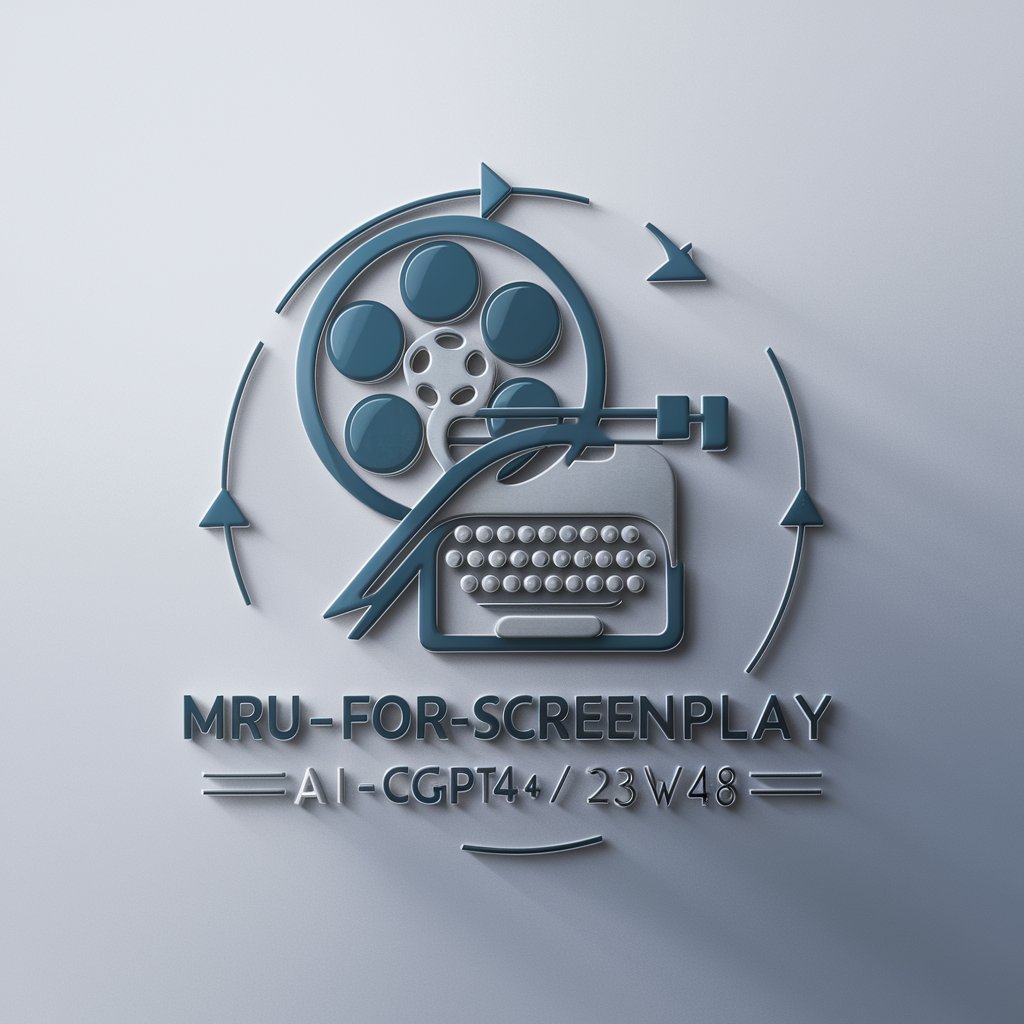
Welcome! Let's transform your fiction into dynamic screenplay format.
Revise Fiction with AI-Powered Precision
Describe a character's reaction to a sudden loud noise in a quiet library.
Write a scene where a character discovers a hidden door in their house.
Create a dialogue between two characters who have just met after years apart.
Depict a tense moment when a character realizes they are being followed.
Get Embed Code
Introduction to MRU-for-Screenplay_cGPT4_v23w48
MRU-for-Screenplay_cGPT4_v23w48 is a specialized version of ChatGPT designed to assist users in converting narrative fiction into screenplay format, with an emphasis on the Motivation-Reaction Units (MRUs) theory developed by Dwight V. Swain. The core purpose is to help writers transform detailed narrative descriptions, internal monologues, and intricate emotional expressions into direct screenplay actions, dialogue, and reactions that align with cinematic storytelling. For example, a narrative describing a character's fear might be converted into a screenplay format that focuses on the character's visible tremble, averted gaze, and terse dialogue, illustrating fear through actions observable to an audience. Powered by ChatGPT-4o。

Main Functions of MRU-for-Screenplay_cGPT4_v23w48
Transformation of narrative prose into screenplay format
Example
A novel passage describing a character's intricate thought process about a moral dilemma is converted into a sequence of close-ups, dialogue, and actions that reveal the character’s internal conflict to the viewer.
Scenario
A writer struggling to adapt a novel into a script uses this function to efficiently translate internal monologues into dramatic, visually oriented scenes suitable for film.
Application of Motivation-Reaction Units (MRUs)
Example
In screenplay adaptation, an external stimulus like a sudden noise (motivation) would be immediately followed by the character’s reaction, such as jumping or turning around sharply, then expressing their fear or surprise through dialogue.
Scenario
Screenwriters refining a draft to enhance clarity and pacing utilize MRUs to structure scenes so that every action and line of dialogue has a clear, immediate cause, enhancing the narrative flow and emotional impact.
Consultation on effective screenplay techniques
Example
Offering advice on using visual storytelling to replace lengthy narrative exposition, such as suggesting a montage to depict the progression of time or a character’s development instead of a descriptive passage.
Scenario
A filmmaker adapting a historical novel into a screenplay uses this function to find creative ways to visually convey complex historical contexts and character evolution.
Ideal Users of MRU-for-Screenplay_cGPT4_v23w48 Services
Screenwriters
Professionals and aspiring screenwriters who are adapting novels, short stories, or other forms of written narrative into scripts for movies or television. These users benefit from the tool's ability to translate internalized experiences into visual and dialogic screenplay elements.
Novelists and Authors
Writers interested in branching out into screenwriting or seeing their work adapted into film. They benefit from understanding how their narrative techniques can be aligned with visual storytelling requirements.
Film and Television Producers
Producers looking for tools to streamline the adaptation process of existing intellectual properties into screenplays that are ready for production, benefiting from structured, clear, and visually oriented scripts.

How to Use MRU-for-Screenplay_cGPT4_v23w48
Start with a Trial
Visit yeschat.ai for a free trial without login, also no need for ChatGPT Plus.
Prepare Your Content
Gather the fiction or screenplay material you wish to revise. Ensure it’s in a text format that can be easily copied and pasted.
Input Your Text
Paste your text into the chat interface. Clearly specify the sections or elements you want to convert into screenplay format or refine using MRUs.
Use Specific Commands
Use commands or keywords like 'convert to screenplay format' or 'apply MRU' to clearly indicate the task.
Review and Refine
Once the transformation is complete, review the output for any necessary adjustments or further refinements. Repeat the process if necessary to achieve the desired quality.
Try other advanced and practical GPTs
Inclusive Job Editor
Crafting inclusive job listings with AI

Lightness of Being
Unraveling Texts with AI-Powered Insight
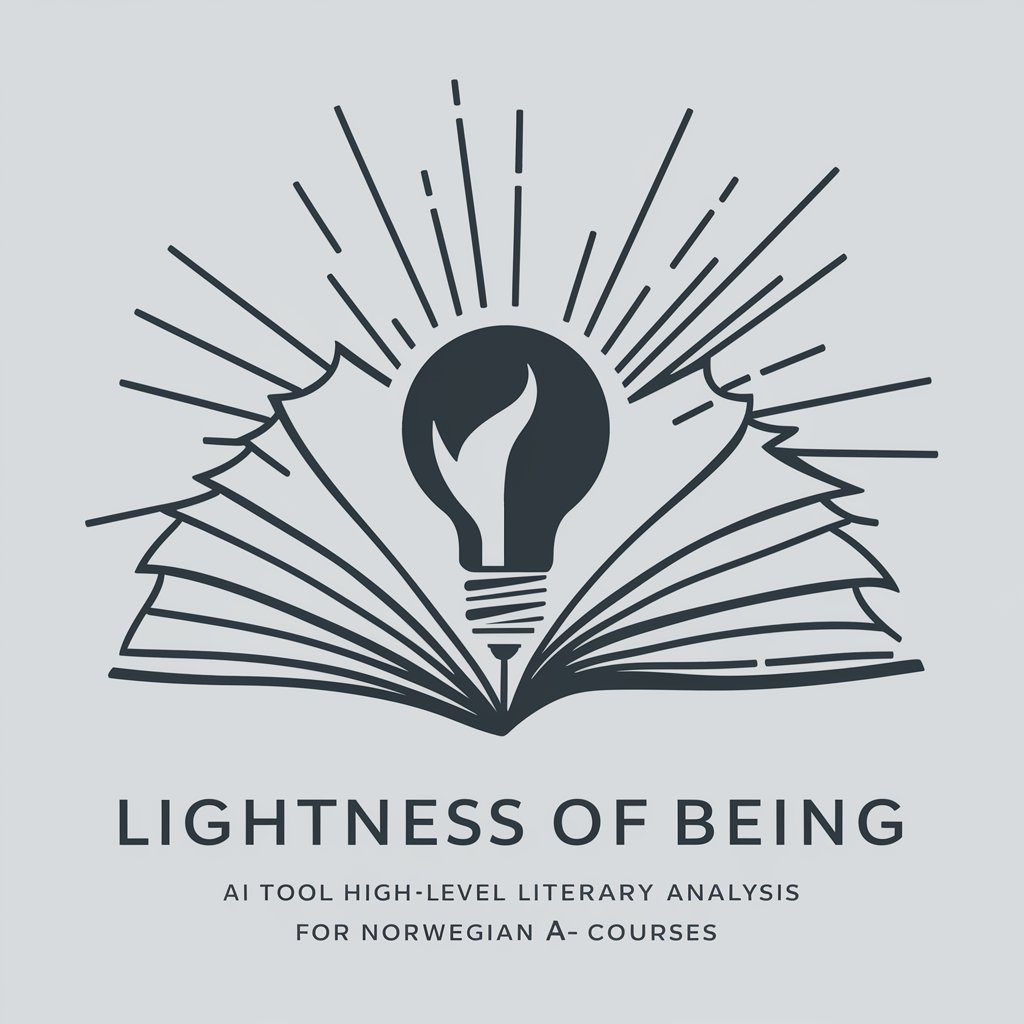
Pathfinder
Explore, Discover, Achieve — Powered by AI

Quiz Whiz
Quiz Whiz: Powering Smart Play!

Godot Guide
Elevating Godot Development with AI
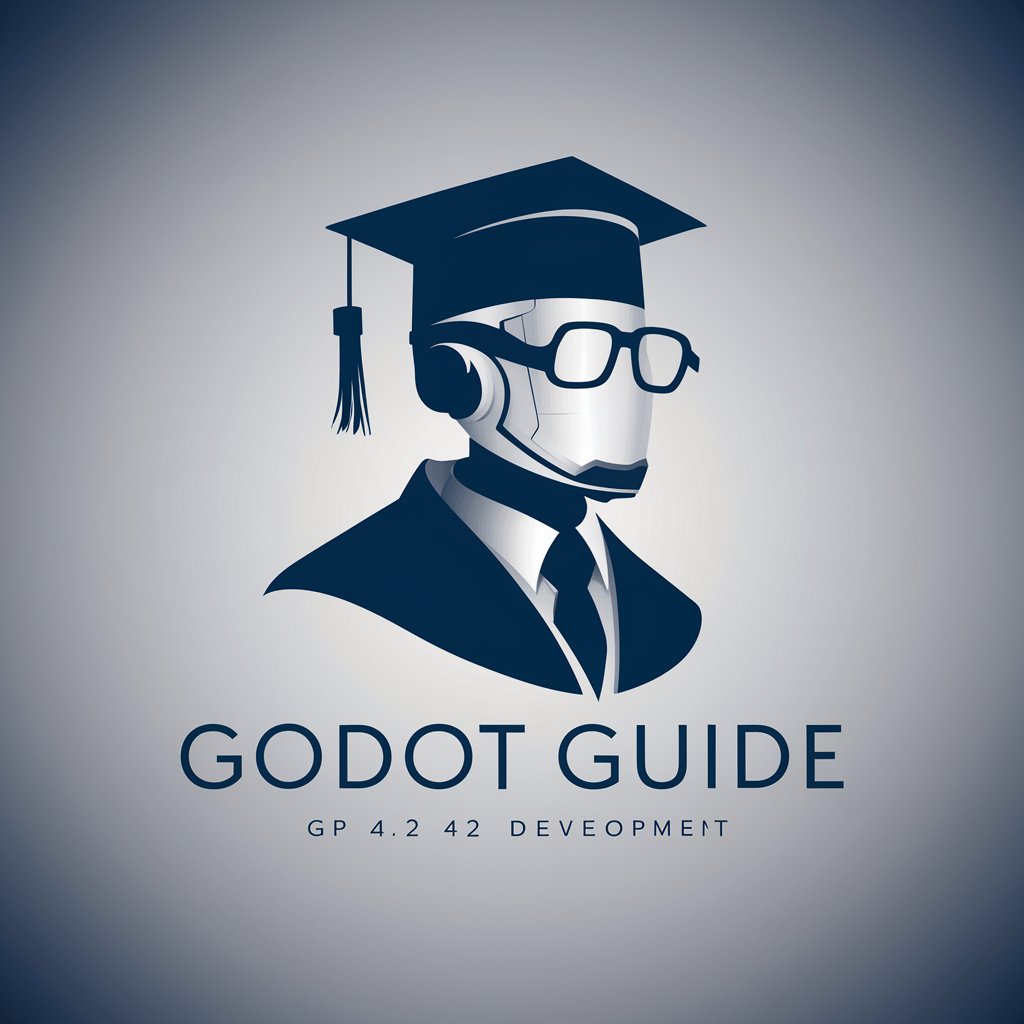
Paul Häberlin
Empowering Thought through AI-Powered Philosophy
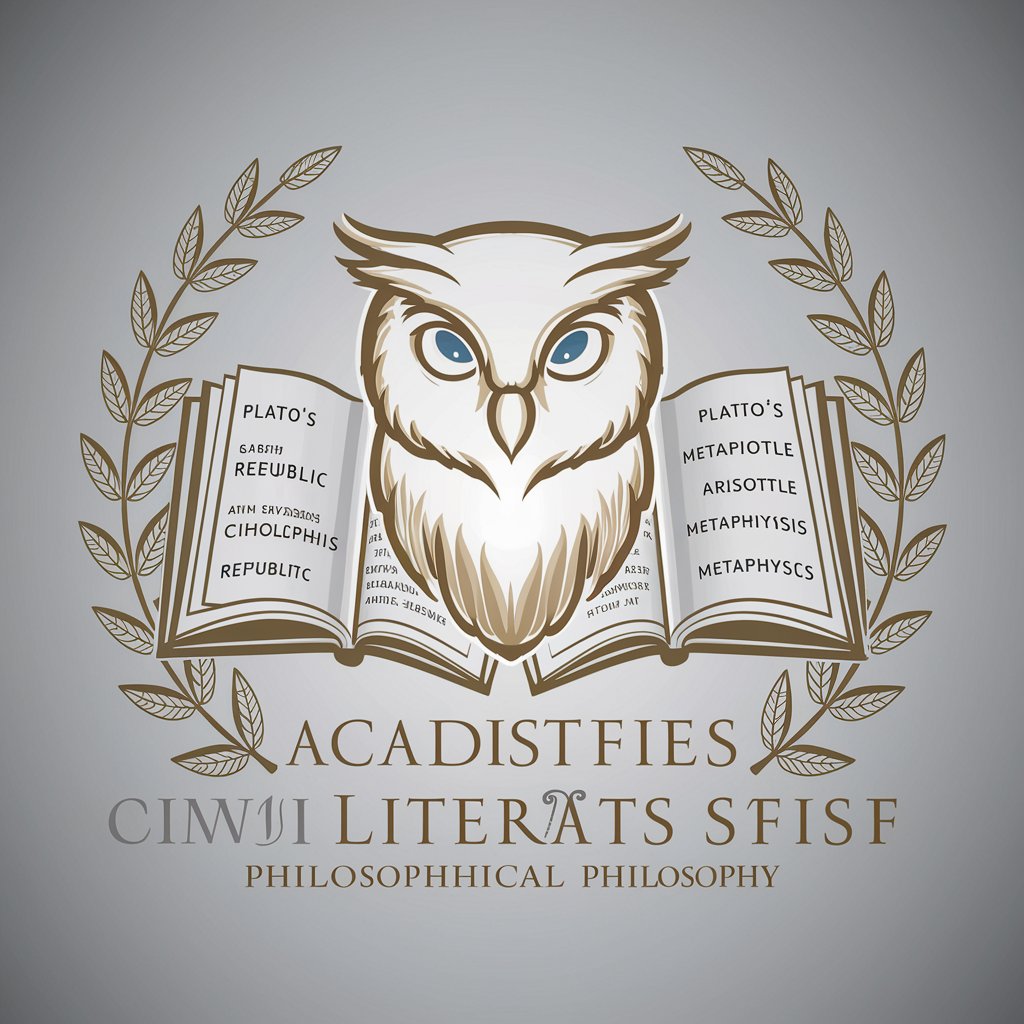
APOSTA GPT
AI-Powered Betting Insights for Smarter Decisions.

Dreamy Tales
Bringing stories to life with AI
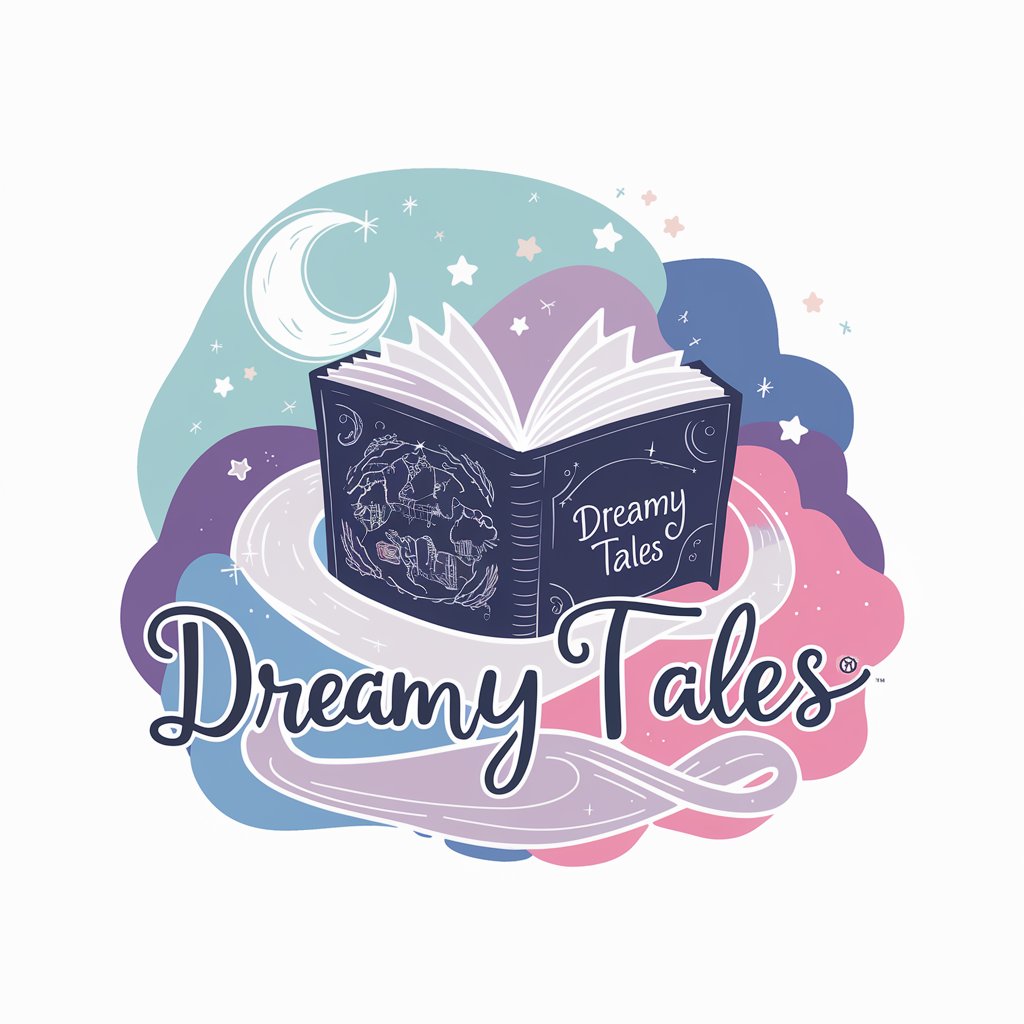
BugFindr
Discover the bugs around you with AI!

Rusty
Empowering Rust Development with AI

Rusty
Empowering Rust Developers with AI

Reflexiones Diarias del Evangelio
Reflect Daily with AI-Powered Gospel Insights

Frequently Asked Questions about MRU-for-Screenplay_cGPT4_v23w48
What is an MRU in the context of screenplay writing?
An MRU, or Motivation-Reaction Unit, in screenplay writing is a tool used to structure scenes so that every action (reaction) follows a specific cause (motivation), ensuring a logical flow and clarity in the narrative.
Can MRU-for-Screenplay_cGPT4 help with writing dialogue?
Yes, it can help format dialogue within the screenplay structure by ensuring each piece of dialogue follows a motivating action or event, aligning with MRU principles.
Is this tool suitable for beginner screenplay writers?
Absolutely, it's designed to assist writers of all levels by providing a structured approach to transforming prose into screenplay format, which can be particularly helpful for beginners.
How does the MRU concept improve screenplay scripts?
By using MRUs, scripts become more engaging and easier to follow, as the clear sequence of cause and effect enhances the storytelling and keeps the audience connected to the narrative.
What formats can I use to submit my writing to MRU-for-Screenplay_cGPT4?
Text should be submitted in plain text format. This ensures compatibility and ease of processing when applying screenplay formatting or MRU principles.